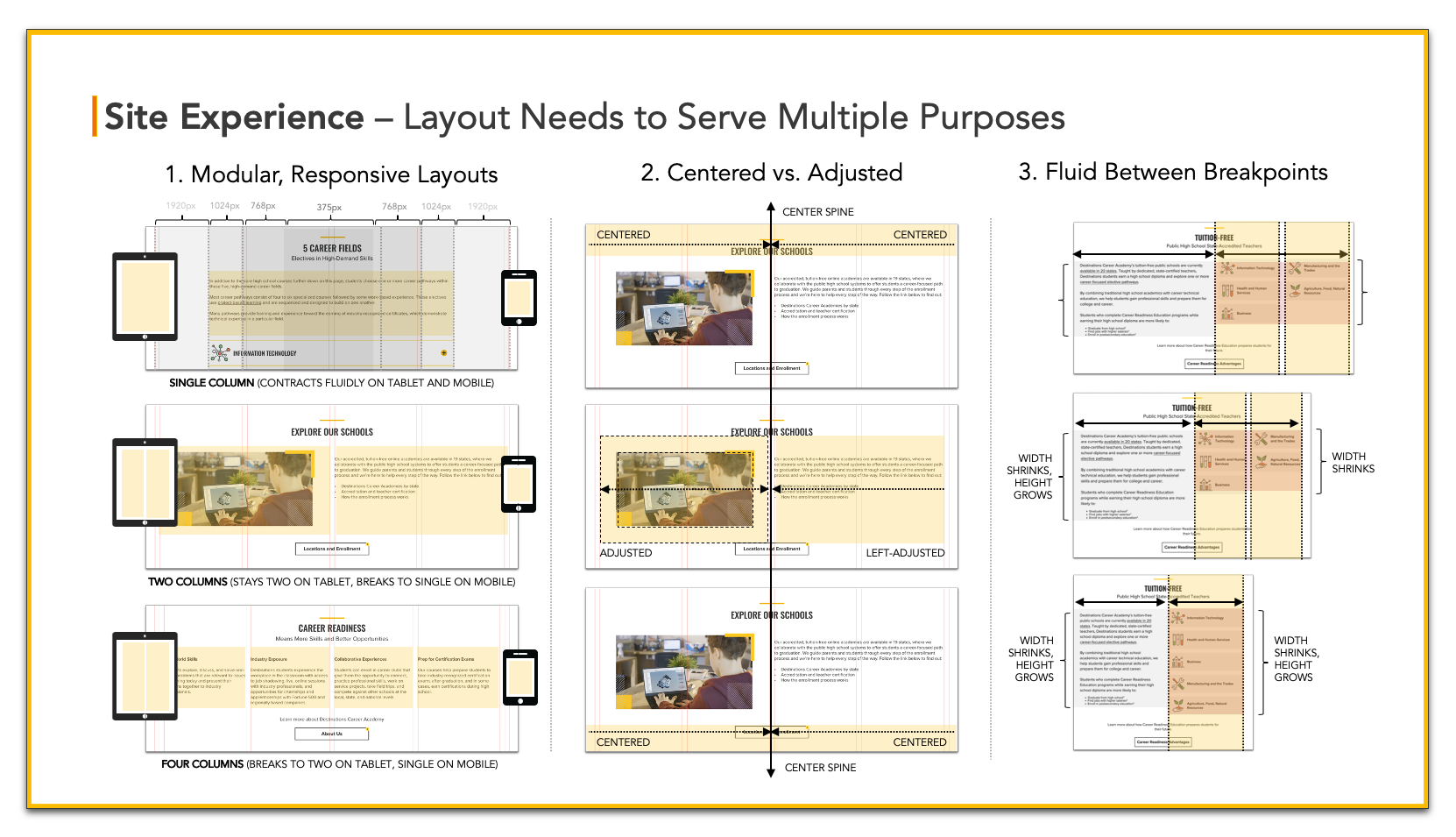
Æsthetics Schmæsthetics
The intersection between graphic design and user experience design produces some interesting philosophical dilemmas.
Graphic design tends to concern itself with the æsthetics and subjective appeal of the design output, whereas UX design tends to focus on user needs, and facilitating the fulfillment of those needs.
There is a point where they actually come to a head. Where we, as designers, must ask ourselves for whom the design actually exists.
Does it exist for the brand and the entity behind it, to express itself in what amounts to a somewhat self-centered, ”inside-out” approach? One that can potentially be interpreted as the brand being uninterested in or even dismissive of the desires of the audience, which might actually serve to disenfranchise consumers?
Even worse, does it exist for the designer him- or herself, to compose eye-pleasing visual tableaus that mainly satisfy their creator?
Or does the design exist for the audience and the consumer to identify with, and feel connected to, in what would amount to a more inclusive approach of outreach and dialogue?
Viewing design through the increasingly restrictive and wholly subjective lens of aesthetics is becoming more and more indulgent and less purposeful, particularly in this age of increasingly distributed media consumption and sophisticated audience targeting. I say this on the backs of hundreds of A/B, Multi-variate and Machine Learning tests, where it has been very hard to argue or prove that subjective æsthetics actually affected the outcome in any measureable way. Or, even if they did, why? It is very hard to get audiences to qualify their subjective preferences in a way that make them reliably repeatable. Opinions can be fickle, and the reasons for them can be buried very deep. Equally, an aesthetic preference may not be a reliable indicator of an intent to make a purchasing decision, especially if the aesthetics themselves are not a prominent or valued feature of the product in question.
Which leads to a provocative question:
Does the audience actually care about æsthetics?
Having your brand experiences shackled by a single-minded set of aesthetic preferences risks alienating your customers. It means you risk coming off as tone deaf to the needs and wants of your audience, which can be the equivalent of talking really loud over people at a party, without listening.
As a designer operating in an inherently interactive medium, I think dialogue is of prime importance. And seeing how this aspect of marketing and communication is growing (especially in this age of remote controlled screens and touchscreens of all shapes and sizes), and taking on an ever more important role in how brands engage with consumers, it leads me to conclude that the era of selfish, self-centered, static brands is over.
We need to engage with our audiences if we hope for them to interact with us, and the brand as well as the visual identity needs to invite to that.
We need for design to be a handshake, not a pose.



